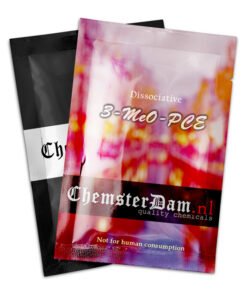Deschloroketamine
€16.45 – €411.00
Buy Clean and pure Deschloroketamine [>97.5%] direct from our online shop
Shipping to USA, EU, NZ, AU *
*for research purposes only. human consumption is against our terms of service.
due to the lack of research regarding the substance, all discussion regarding the pharmacology of it is purely based on its structure and subjective effect similarities to other arylcyclohexylamine dissociatives such as 3-meo-pcp, pcp and mxe. with this in mind, dck is thought to act as an nmda receptor antagonist. nmda receptors, a type of glutamate receptor, allow for excitatory electrical signals to pass between neurons in the brain and spinal column; for the signals to pass, the receptor must be open. dissociatives inactivate the nmda receptors by blocking them. this disconnection of neurons leads to the general loss of bodily sensation, motor coordination, memory recall and eventually this substance’s equivalent of the “k-hole.”
| bulk discount: | |
| 1 Gram | 16.45 |
| 3 Grams | 37.00 |
| 5 Grams | 51.50 |
| 10 Grams | 98.50 |
| 25 Grams | 226.00 |
| 50 Grams | 411.00 |











Reviews
There are no reviews yet.